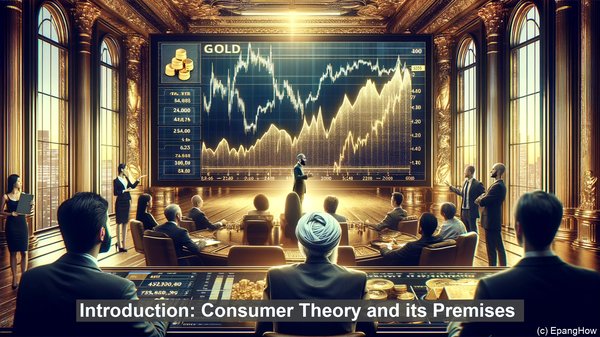Introduction: Consumer Theory and its Premises
Consumer theory is a branch of microeconomics that delves into the decision-making process of individuals when it comes to consumption. At its core, it aims to understand how consumers allocate their limited resources to maximize their satisfaction or utility. Two key concepts in consumer theory are the indirect utility function and the expenditure function. While they both provide insights into consumer behavior, they approach the subject from different angles.
The Indirect Utility Function: Unveiling Consumer Preferences
The indirect utility function, denoted as V(p, m), is a mathematical representation of a consumer’s preferences. It takes into account the prices of goods and the consumer’s income. By plugging in these variables, we can obtain the maximum utility a consumer can attain, given their budget constraint. Essentially, it provides a map of the consumer’s satisfaction levels for different combinations of prices and income. The higher the value of the indirect utility function, the greater the consumer’s satisfaction.

The Expenditure Function: Shedding Light on Consumer Choices
In contrast, the expenditure function, denoted as e(p, u), focuses on the consumer’s choices. It provides insights into the optimal consumption bundle a consumer would choose, given their income and a desired level of utility. By manipulating the variables, we can determine the minimum expenditure required to achieve a specific level of utility. This function is particularly useful when analyzing the impact of price changes on consumer behavior. For instance, it can help us understand how a price increase for one good might lead to a substitution effect, where the consumer switches to a relatively cheaper alternative.

Interplay between the Indirect Utility Function and the Expenditure Function
While the indirect utility function and the expenditure function serve different purposes, they are interconnected. In fact, they are considered dual to each other. The indirect utility function provides a foundation for the expenditure function, as it helps determine the consumer’s preferences. On the other hand, the expenditure function complements the indirect utility function by shedding light on the consumer’s choices. Together, they form a comprehensive framework for understanding consumer behavior.
